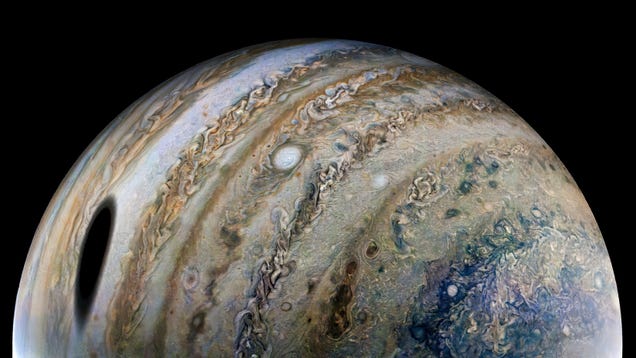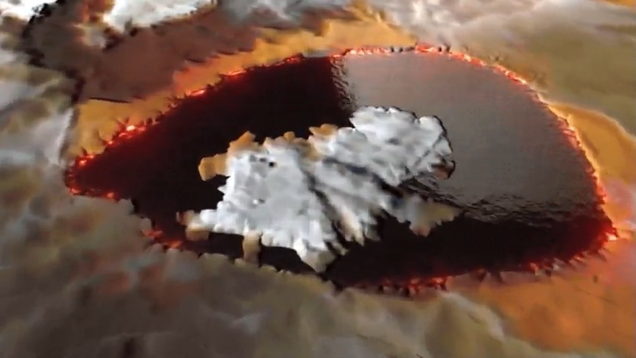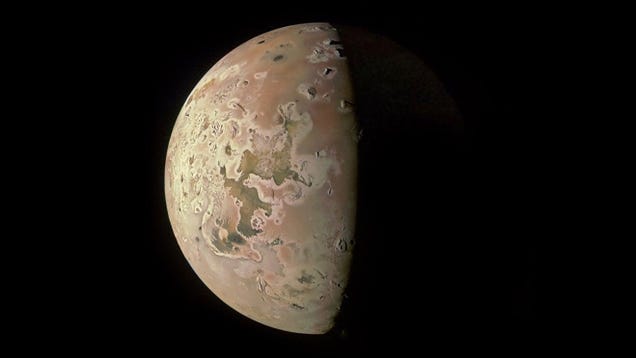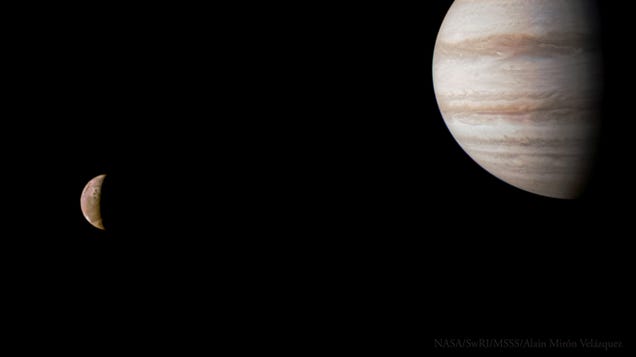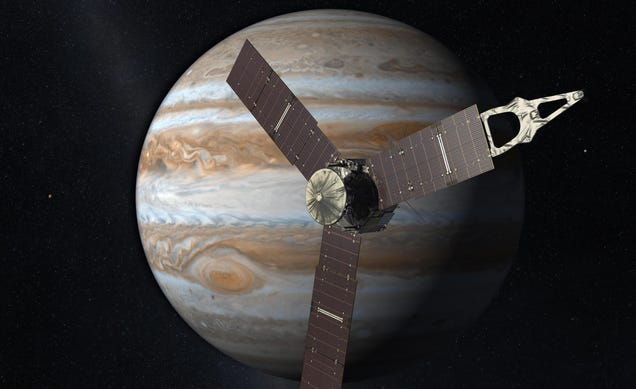
On September 29, 2022, NASA’s Juno spacecraft made its closest flyby of Europa, coming to within 220 miles (355 kilometers) of the Jovian moon’s frozen surface. The closeup view of Europa revealed incredible details of the moon’s chaotic terrain, which suggest that its icy crust is not where it used to be. The images…

